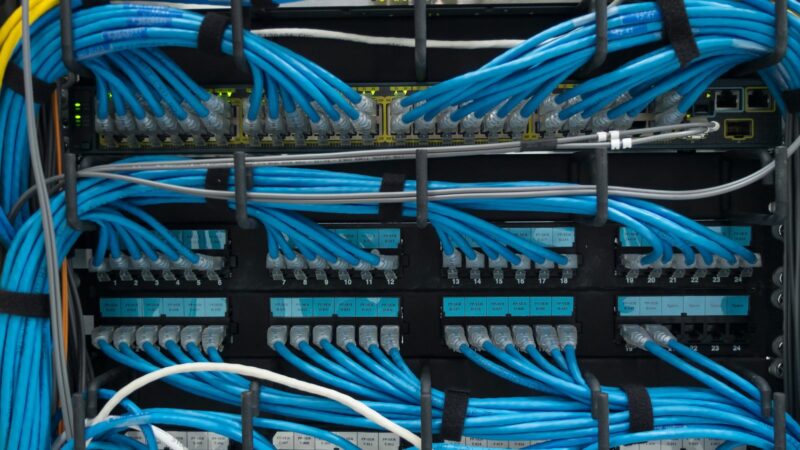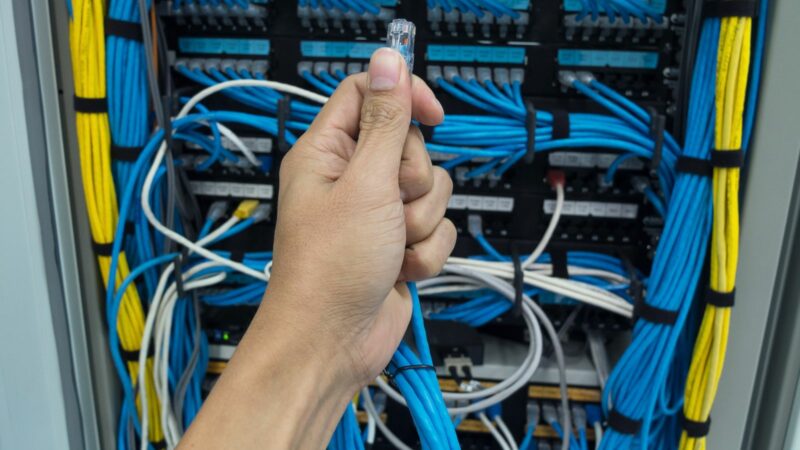If you’ve ever wondered about the backbone of your internet connection, you’re in the right place. Today, I’ll shed light on what a LAN cable is and why it’s a crucial component in keeping you connected. When it comes to networking, a LAN cable, short for Local Area Network cable, plays a vital role in transmitting data between devices within a specific area.
In this article, I’ll delve into the types of LAN cables available, their uses, and why they are still relevant in the age of wireless technology. Whether you’re a tech enthusiast or just curious about the wires behind your online activities, understanding the importance of LAN cables is key to grasping the infrastructure of modern connectivity. Let’s unravel the mysteries of LAN cables together.
Whats a Lan Cable

LAN cables, short for Local Area Network cables, are essential components in establishing wired connections within a specified area. These cables play a crucial role in ensuring seamless data transmission between devices in a network.
LAN cables are typically made of twisted pairs of copper wires and are used to connect devices such as computers, routers, switches, and other network peripherals. These cables come in various categories, including Cat5e, Cat6, and Cat6a, each offering different data transmission speeds and capabilities.
In modern networking setups, LAN cables are fundamental in providing reliable and stable connections, especially in environments where a consistent and secure network connection is required. Although wireless technology has gained significant popularity, LAN cables remain integral for scenarios where a wired connection is preferred over wireless for enhanced security or faster data transfer speeds.
Types of LAN Cables
When it comes to LAN cables, there are several types available, each designed to cater to specific networking needs. Here are the main types of LAN cables:
- Cat5e (Category 5e):
- Cat5e cables are the standard Ethernet cables used for most network configurations.
- They support data transmission speeds of up to 1,000 Mbps (1 Gigabit per second).
- Ideal for home networks, small offices, and gaming setups.
- Cat6 (Category 6):
- Cat6 cables offer improved performance over Cat5e cables.
- They support higher data transmission speeds of up to 10,000 Mbps (10 Gigabit per second).
- Suitable for high-performance networks, streaming HD videos, and large file transfers.

- Cat6a (Category 6a):
- Cat6a cables are an enhanced version of Cat6 cables.
- They support even higher data transmission speeds of up to 10,000 Mbps (10 Gigabit per second) over longer distances.
- Ideal for demanding networking environments, such as data centers and enterprise networks.
Each type of LAN cable has its strengths and is suitable for different applications based on the required data speeds and network demands. Understanding the distinctions between these cables can help you choose the right one for your specific networking requirements.
Benefits of Using LAN Cables
Exploring the benefits of LAN cables is essential to grasp why they remain a reliable choice for establishing wired connections in diverse settings. Here, I’ll outline the advantages of utilizing LAN cables over wireless alternatives.
- Stability: LAN cables offer a stable and consistent connection compared to wireless networks, reducing the chances of signal interference or dropouts.
- Security: With LAN cables, data transmission occurs through direct connections, enhancing security by minimizing the risk of interception compared to wireless signals that can be prone to hacking.
- Speed and Bandwidth: LAN cables provide faster data transmission speeds and higher bandwidth capacity, ensuring efficient and reliable network performance, especially in high-demand environments.
- Reliability: LAN cables are less susceptible to environmental factors that can affect wireless signals, ensuring a reliable network connection even in challenging conditions.
- Less Latency: The use of LAN cables results in lower latency levels compared to wireless connections, making them ideal for applications where real-time data transfer is crucial.
Understanding the benefits associated with using LAN cables underscores their importance in meeting the stability, security, speed, reliability, and latency requirements of various networking setups.